Why Jewel Precision’s Reusable Cases Are the Smart Choice Over Blue Wrap

If you’ve ever been in a surgical setting, you understand that keeping instruments sterile is vital. However, traditional methods using blue wrap generate excessive waste. Explore the differences between blue wrap and Jewel Precision’s sterilization systems. Our medical tool cases are suitable for various industries and consist of high-quality aluminum and filters. We are a one-stop shop […]
Read MoreWhat Are Medical Sterilization Containers?

Medical sterilization containers are critical to any health care practice. They protect surgical instruments and medical devices from harmful pathogens during sterilization, transportation and storage, maintaining a sterile environment until the instruments are ready for use. Proper use can help you meet stringent regulatory requirements and create a safer, more efficient workflow. What Are Sterilization […]
Read MoreHow Does Ultrasonic Cleaning Work? A Guide for Medical Professionals
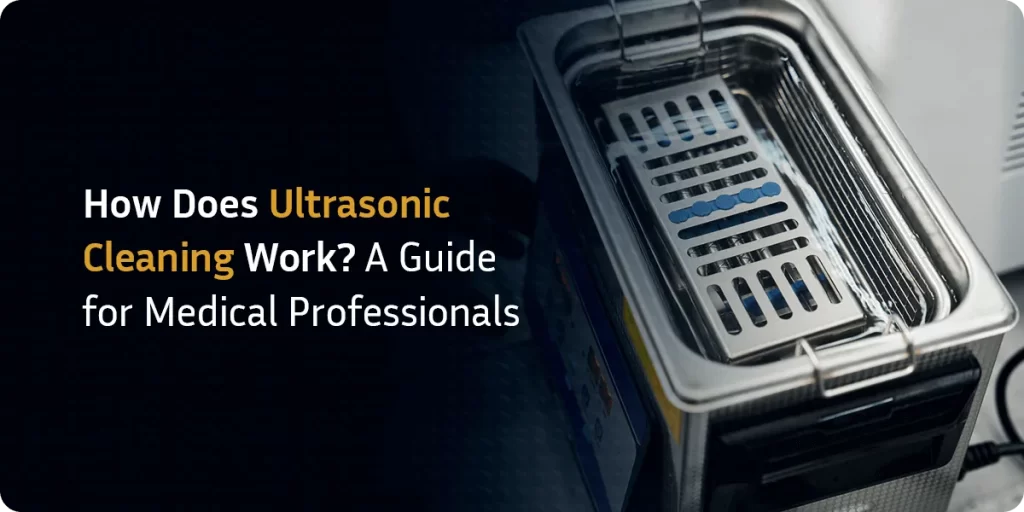
Many industries require reliable sterilization for safe medical procedures, from veterinary clinics to dental practices to hospitals. If you sterilize medical equipment regularly, you need a system that can easily clean hard-to-reach areas. A medical ultrasonic cleaning machine is one of the most effective ways to clean your instruments of blood, tissue and mineral deposits. […]
Read MoreHow to Autoclave Liquids
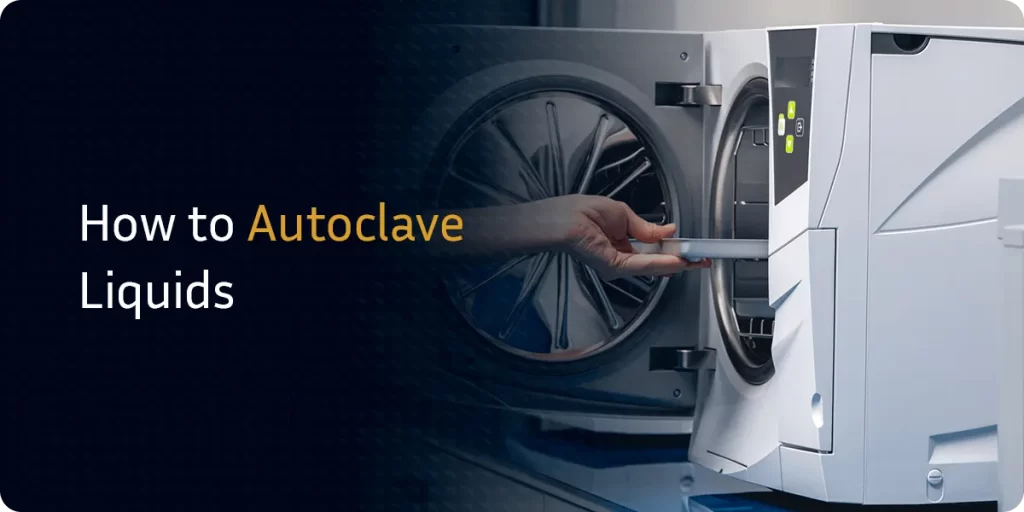
Autoclaves are most commonly used to sterilize equipment and materials such as surgical instruments and test tubes with high-temperature steam and pressure. These pieces of equipment can also sterilize liquids, among other uses. Autoclaving liquids presents some challenges compared to autoclaving solid objects, which are easily overcome with proper preparation. Learn more about how to autoclave water, […]
Read MoreThe Complete Guide to Robotic Surgical Instrument Sterilization

Robotic surgery helps surgeons perform some of the most intricate procedures in modern hospitals and medical facilities. These operations wouldn’t be possible without the help of specialized instruments. Ensuring that the instruments used in robotic surgery are adequately sterilized and pathogen-free is crucial for patient safety. Learn some best practices and techniques for cleaning and sterilizing […]
Read MoreAutoclave Water Requirements
Water quality is a key factor in ensuring the effectiveness and longevity of autoclaves. Autoclaves rely on steam to sterilize surgical instruments and equipment, so using the right water is important. If the water isn’t up to standard, it can impact the sterilization process and even damage the autoclave. Proper sterilization is crucial to preventing […]
Read MoreA Guide to Vaporized Hydrogen Peroxide Sterilization
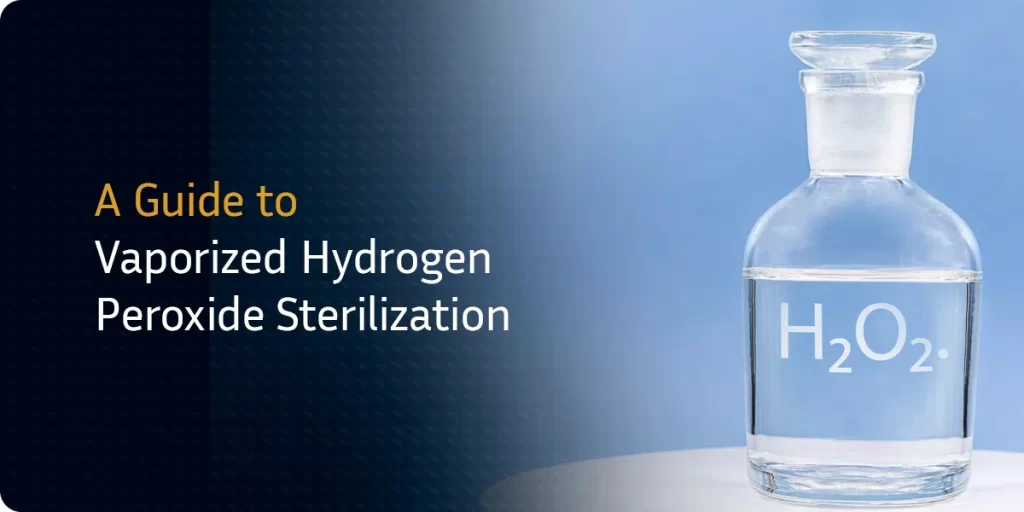
Sterilization methods are crucial in keeping hospitals and other medical facilities germ-free, helping prevent infections and the spread of diseases. While steam and ethylene oxide gas (EOG) approaches have been around for many years, vaporized hydrogen peroxide (VHP) sterilization is a newer method that outperforms these traditional techniques in many ways. If you are considering […]
Read MoreCan HIV Survive In an Autoclave?
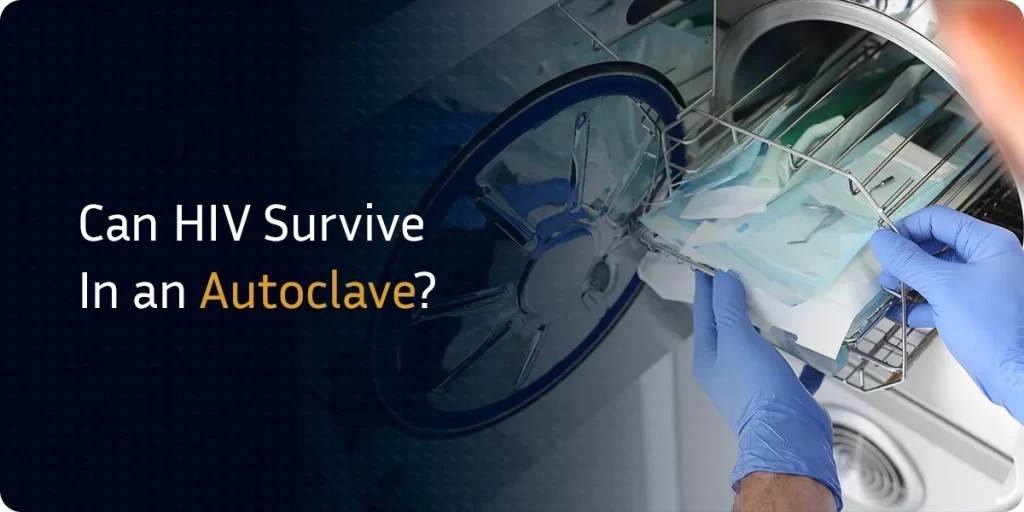
Nearly 40 million people were living with human immunodeficiency virus (HIV) at the end of 2023. HIV can be difficult to detect, as some people do not experience symptoms right away. It’s important to note that HIV does not spread through everyday contact, such as shaking hands, hugging or using the same utensils. It transmits through blood, semen, […]
Read MoreA Guide to Sterilization Pouches and Peel Packs
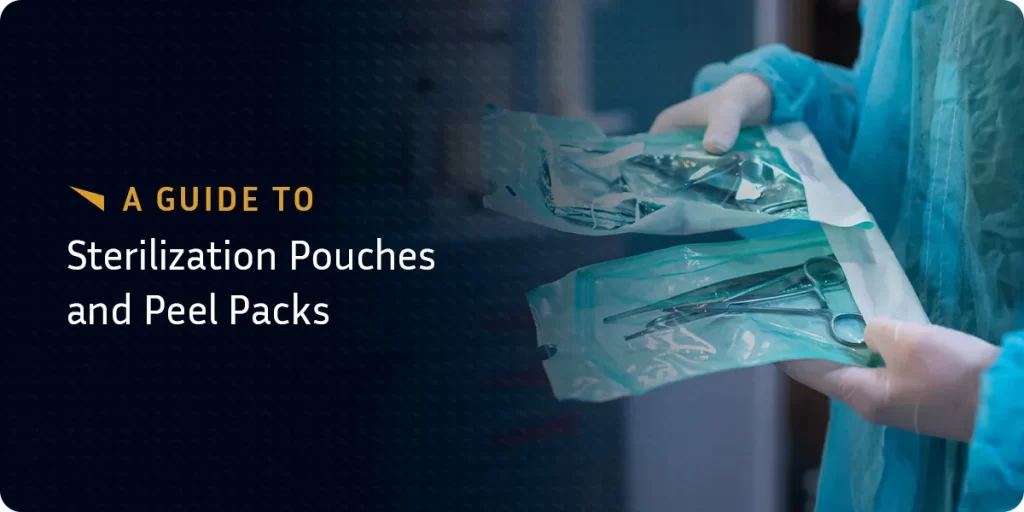
In the medical industry, ensuring the safety and cleanliness of instruments is paramount. Sterilization pouches and peel packs are crucial to the sterilization process. They provide a reliable barrier against contamination while allowing easy access to sterile instruments. This guide to sterilization pouches and peel packs will explore their types and materials. It will also […]
Read MoreHow to Autoclave Pipette Tips
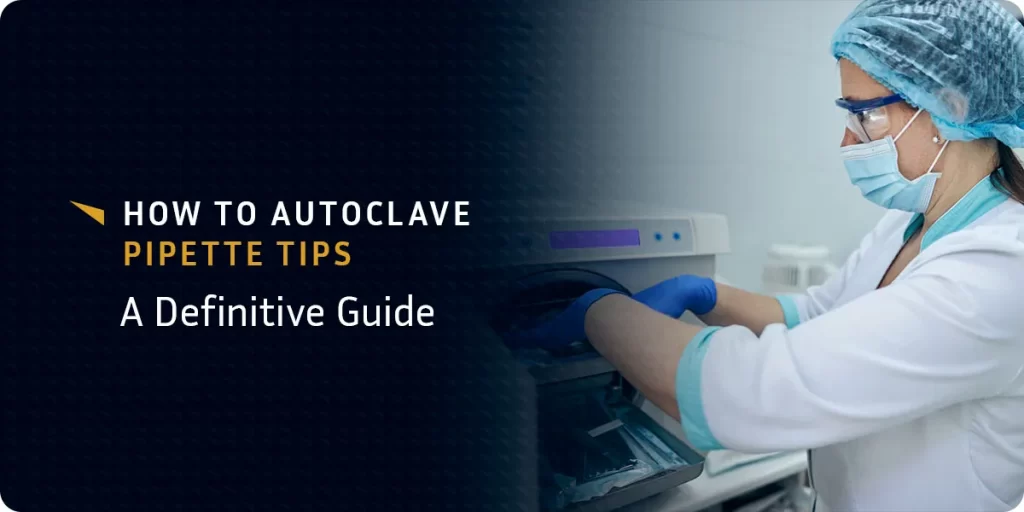
Medical offices must know how to autoclave pipette tips to reduce the risk of cross-contamination when performing critical tests. Steps to Sterilize a Pipette in an Autoclave Autoclaves play a significant role in decontaminating biohazardous materials and ensuring lab safety. They’re a core piece of equipment used in most labs, from microbiology to biotechnology. Lab […]
Read More